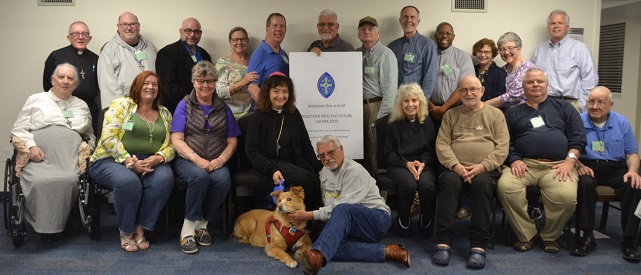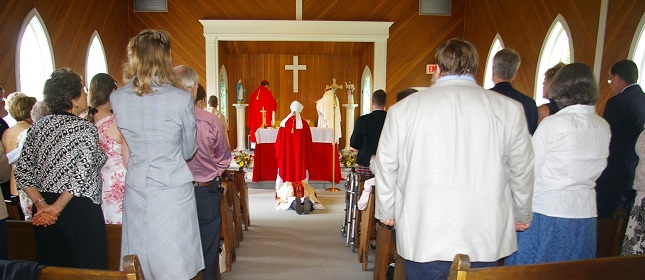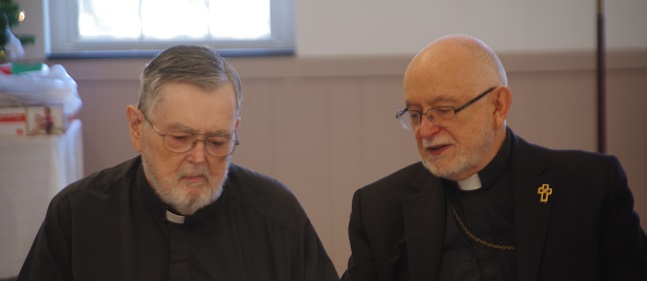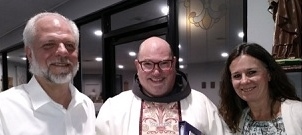Statement of Beliefs and Acceptances of CACINA,the Catholic Apostolic Church in North America
CACINA declares its belief in the ancient Symbol of Faith known as The Nicene Creed. Consistent with the belief of the early church, CACINA omits filioque (“… and the Son”) from The Creed.
Nicene Creed
We believe in one God, the Father,
the Almighty Creator of Heaven and Earth,
and of all that is seen and unseen;
and in one Lord, Jesus Christ the only Son of God,
eternally begotten of the Father;
God from God, Light from Light,
True God from True God.
Begotten not made one in being with the Father through Him all things were made.
For us and for our salvation,
He came down from heaven and
by the power of the Holy Spirit
He was born of the Virgin Mary
and became one of us.
For our sake He was crucified under Pontius Pilate,
He suffered, died and was buried.
On the third day He rose again,
in fulfillment of the scriptures.
He ascended into heaven
and is seated at the right hand of the Father.
He will come again in Glory to judge the living and the dead
and His Kingdom there will have no end.
We believe in the Holy Spirit,
the Lord and the Giver of Life
who proceeds from the Father
With the Father and the Son
is worshiped and glorified;
and has spoken through the prophets.
We believe in One, Holy, Catholic and Apostolic Church,
we acknowledge one baptism for the forgiveness of sins,
and we look for the resurrection of the dead
and the life of the world to come.
CACINA accepts:
- The other ancient Statements of Faith known as “The Apostles Creed” and “The Athanasian Creed” as equally valid and useful.
- The teachings of the seven Ecumenical Councils of the undivided church, (but excludes the judgmental and condemnatory decisions and statements about others in them):
a. the Council of Nicea in 325 AD,
b. Constantinople in 381 AD,
c. Ephesus in 431 AD,
d. Chalcedon 451 AD,
e. Conatantinople II in 553 AD,
f. Constantinople III in 680-81 AD,
g. Nicea II in 787 AD.
CACINA further declares its belief in the following:
- in the revelation of God and God’s Son, Jesus Christ, as it is received, understood and taught by CACINA,
- the Seven Sacraments of as signs of the Lord Jesus’ continuing presence and action in His church and channels of actual and sanctifying Grace:
- Baptism
- Confirmation
- Reconciliation
- Eucharist
- Matrimony
- Holy Orders
- Anointing of the Sick
- the Real Presence of the Lord, Jesus Christ, in the Eucharistic elements of bread and wine. CACINA does not identify the process by which this miracle transpires as the Lord, Jesus Christ, has not seen fit to reveal a mechanism. CACINA simply accepts that it is true on His word.
- the sacred traditions of One, Holy, Catholic and Apostolic Church as they are received, understood and taught,
CACINA additionally, declares its belief in the following:
- that in accord with sacred tradition declares its belief that the Bishops of the Church are each successors to the Apostles and hold the teaching authority granted to the apostles by Jesus Christ. This authority is not vested in any single bishop regardless of office or position but is equally and jointly held by all bishops.






















